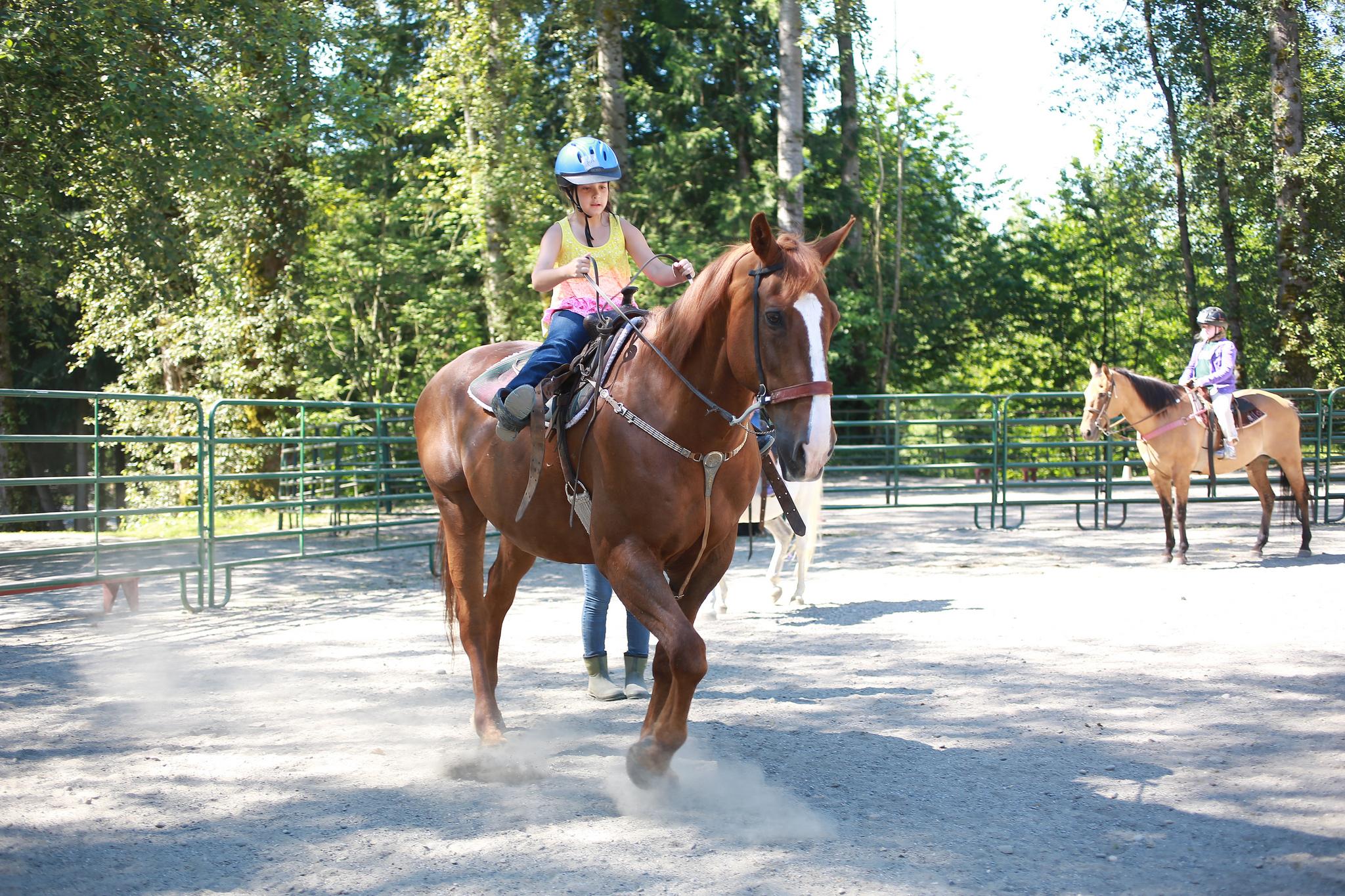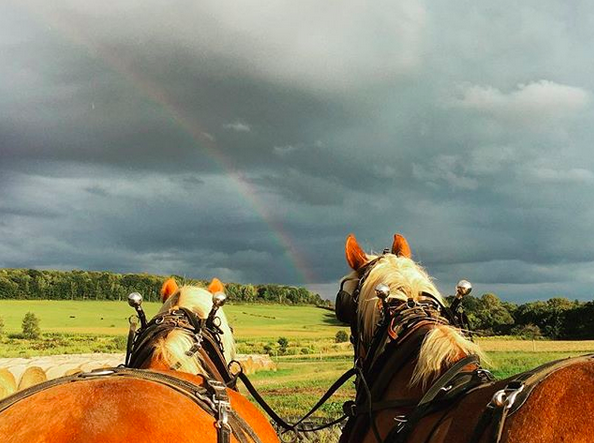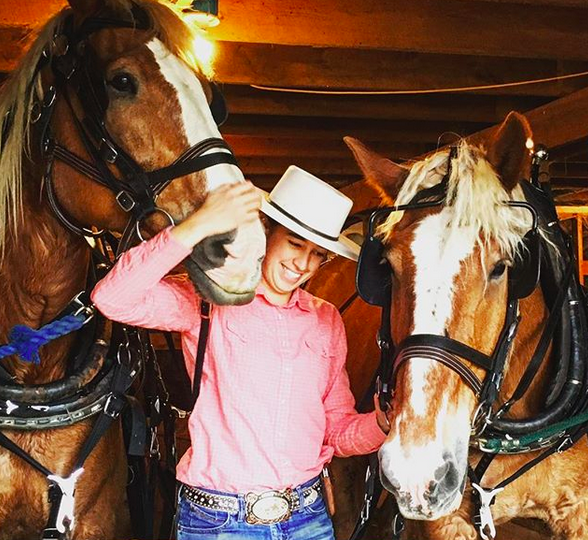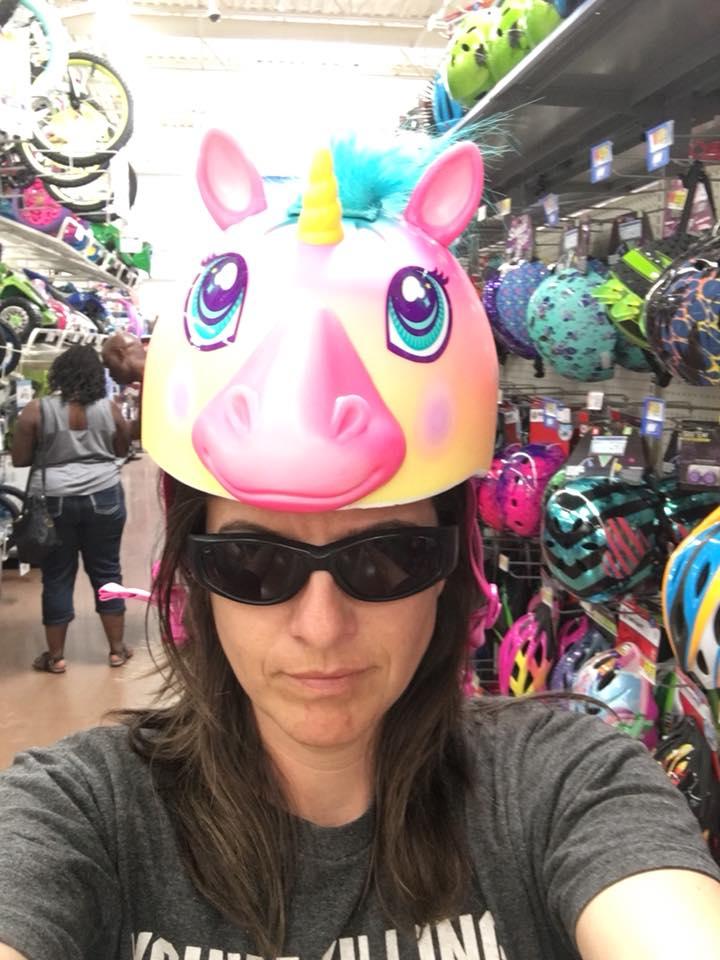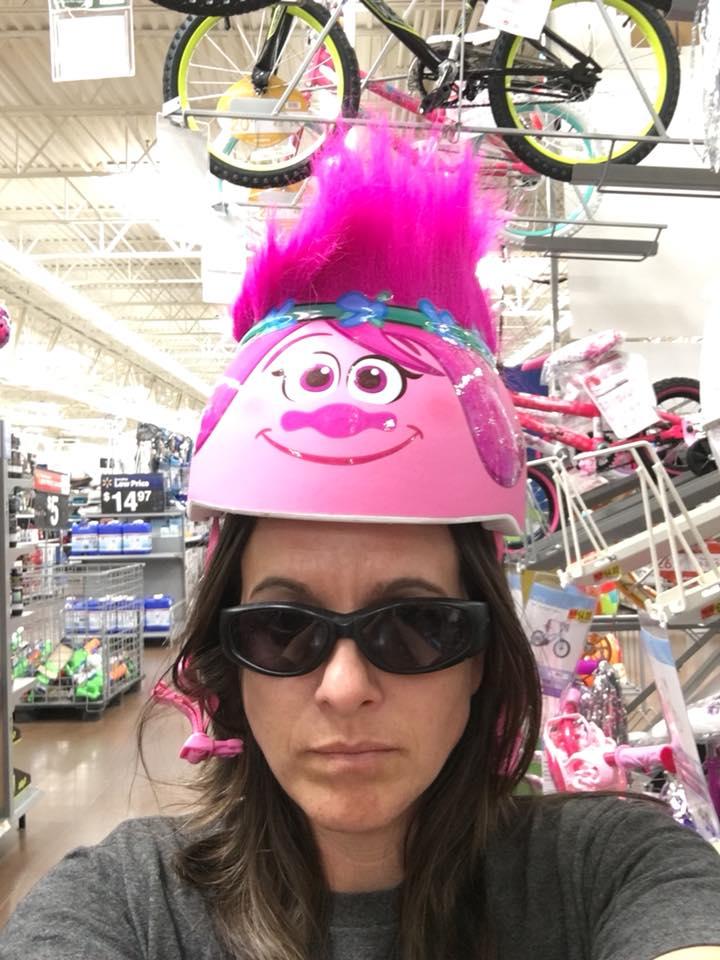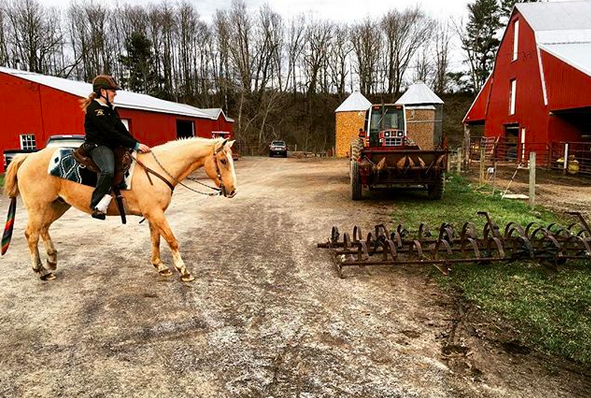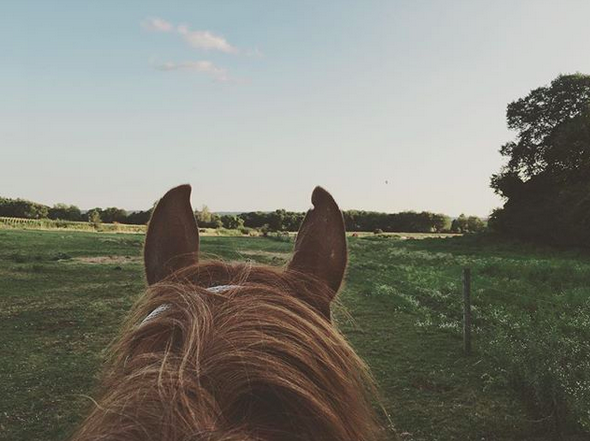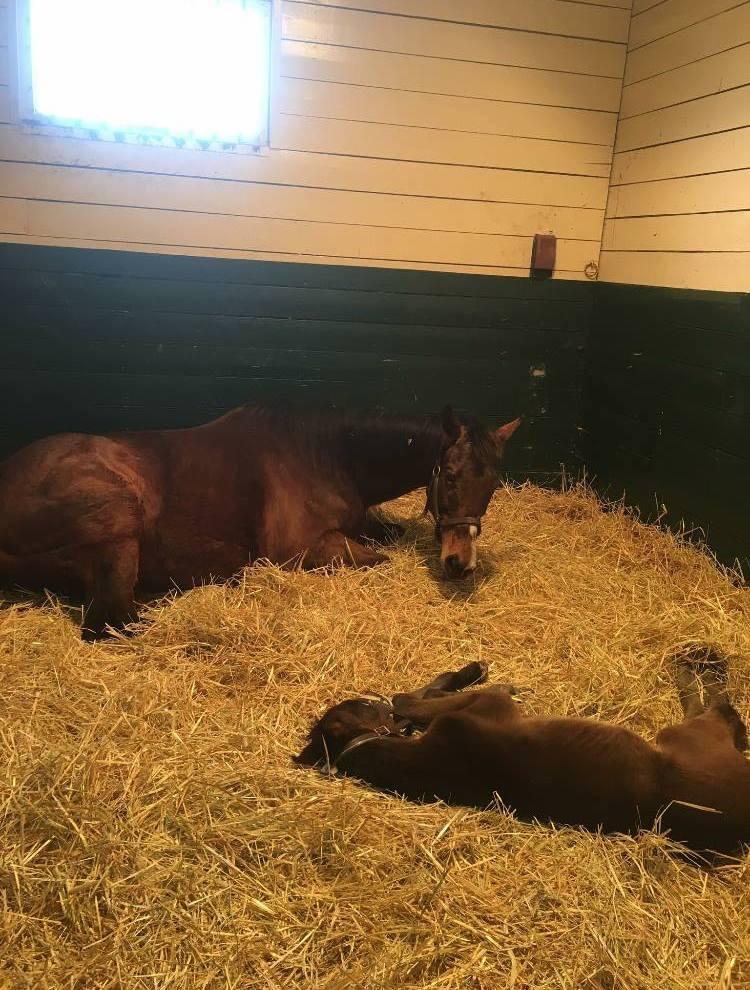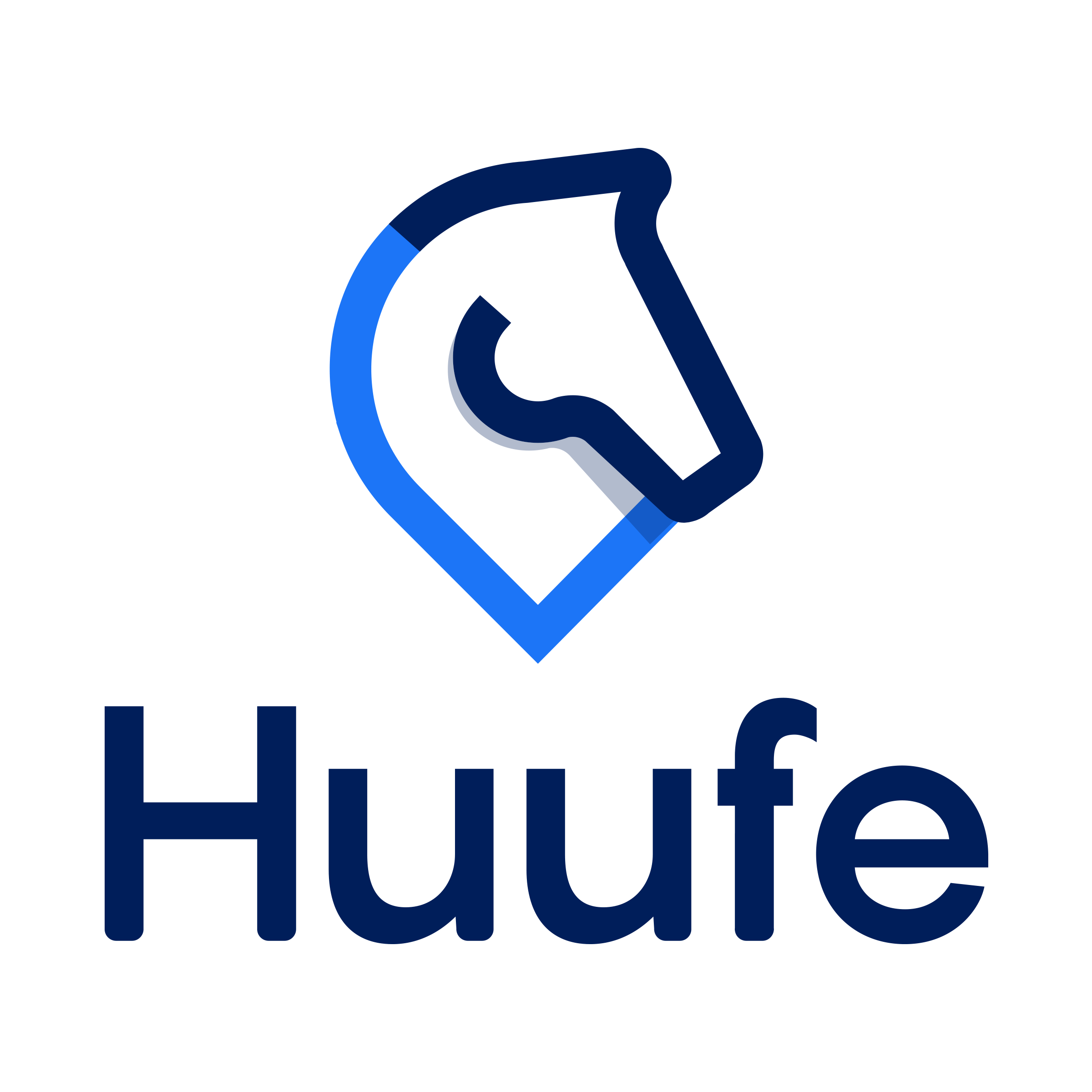
California Chrome wins the 2014 Kentucky Derby. Flickr/Bill Brine/CC Photo.
2018 Derby Links:
Where: Churchill Downs, Louisville, Kentucky
When: Saturday, May 5
Post time: 6:34 PM
Purse: $2 million
Distance: One mile and a quarter over dirt
How to watch: NBC will have televised broadcast from 2:30 PM EST until 7:30 PM EST on race day. Live stream is available via NBC Sports Live Extra, but a cable subscription is required. Twinspires.com will stream the race; an account is required.
Stats: For details about each horse, including racing history, pedigree, post position and photos, check out KentuckyDerby.com. For the quick and dirty guide, check out our field preview (and vote in our poll!)
Picks worth pondering: Forbes, Bleacher Report, Washington Post, New York Times
Online betting: If you’re looking to up the ante, a variety of online betting sites are at your service. We recommend Twinspires.com for ease of use – it has all the bells and whistles for experienced bettors, but it’s simple enough for novices to use as well. Brisnet.com is another useful resource. Gamble responsibly.
The Field:
Headed to a Derby party? Want to fill up on trivia about the 20 horses entered in this year’s race? We’ve got the quick and dirty crib sheet that will give you the rundown on the field — because as the resident horse person, we know you’ll get grilled at your Derby party for the inside scoop.
Post Position 1: Firenze Fire (50-1)
Bay Florida-bred colt by Poseidon’s Warrior
Owned by Mr. Amore Stable
Trained by Jason Servis
Ridden by Paco Lopez
Claims to fame: winner in the 2017 Champagne Stakes (G1), second in the Withers Stakes (G3)
Firenze Fire has run in four Kentucky Derby preps to mixed results, with his most recent race a fourth place in the Wood Memorial. His pedigree (Poseidon’s Warrior was a winning sprinter) casts a few doubts about the colt’s ability to run the classic distance of a mile and a quarter.
Post Position 2: Free Drop Billy (30-1)
Chestnut Kentucky-bred colt by Union Rags
Owned by Albaugh Family Stables LLC
Trained by Dale Romans
Ridden by Robby Albarado
Claims to fame: winner in the 2017 Claiborne Breeders’ Futurity (G1), second in the Holy Bull Stakes (G2), third in the Gotham Stakes (G3) and the Toyota Blue Grass Stakes (G2)
As Free Drop Billy’s races stretched out in distance, he improved. He hasn’t been out of the top three in 2018, though he has yet to win a race since the Breeders’ Futurity in October of last year.
Post Position 3: Promises Fulfilled (30-1)
Chestnut Kentucky-bred colt by Shackleford
Owned by Robert J. Baron
Trained by Dale Romans
Ridden by Corey Lanerie
Claims to fame: winner in the Xpressbet Fountain of Youth Stakes (G2), third in the 2017 Kentucky Jockey Club Stakes (G2)
Promises Fulfilled indeed looked promising in the Fountain of Youth, but he’s had three jockeys in three races, which shows a lack of faith in the colt’s ability to be a serious contender. He led the G1 Florida Derby before fading back to finish last — there are doubts as to whether he can go the full distance.
Post Position 4: Flameaway (30-1)
Chestnut Ontario-bred colt by Scat Daddy
Owned by John Oxley
Trained by Mark Casse
Ridden by Jose Lezcano
Claims to fame: winner in the Sam F. Davis Stakes (G3), second in the Lambholm South Tampa Bay Derby (G2) and Toyota Blue Grass Stakes (G2)
Flameaway’s career has taken a curious route so far — his “claims to fame” don’t show that the colt ran two races on turf, including a win in the Kitten’s Joy at Gulfstream. He’s raced now on dirt, turf and synthetic and appears only to be getting stronger. The question is whether he peaks on Saturday enough to win it all.
Post Position 5: Audible (8-1)
Bay New York-bred colt by Into Mischief
Owned by WinStar Farm, China Horse Club International and SF Racing LLC
Trained by Todd Pletcher
Ridden by Javier Castellano
Claims to fame: winner in the Holy Bull Stakes (G2) and Florida Derby (G1)
While some critics have expressed doubt in Audible’s ability to go a mile and a quarter, his domineering performance in the Florida Derby has put him among the favorites for the Kentucky Derby. All indicators point to another strong performance on Saturday; 2017 winner Always Dreaming, also trained by Pletcher, took the same Florida Derby route.
Post Position 6: Good Magic (12-1)
Chestnut Kentucky-bred colt by Curlin
Owned by E Five Racing Thoroughbreds and Stonestreet Stables
Trained by Chad Brown
Ridden by Jose Ortiz
Claims to fame: winner in the 2017 Breeders’ Cup Juvenile (G1) and the Toyota Blue Grass Stakes (G2), second in the 2017 Champagne Stakes (G1), third in the Xpressbet Fountain of Youth Stakes (G2)
Good Magic led the Kentucky Derby leaderboard in points accrued for prep races, and it’s hard not to like the Juvenile Champion. With a pedigree that suggests class and staying power, Good Magic checks plenty of boxes going into the weekend.
Post Position 7: Justify (3-1)
Chestnut Kentucky-bred colt by Scat Daddy
Owned by China Horse Club, Head of Plains Partners LLC, Starlight Racing and WinStar Farm
Trained by Bob Baffert
Ridden by Mike Smith
Claims to fame: winner in the Santa Anita Derby (G1)
Justify will attempt to be the first horse to overcome the so-called “curse of Apollo,” who was the last horse to win the Derby while unraced as a two-year-old in 1882. According to jockey Mike Smith, Justify is only just starting to blossom, which for fans who loved his dominating performance in the Santa Anita Derby is good news for the run for the roses. Can Justify handle the intense pressure of the 20-horse Derby field?
Post Position 8: Lone Sailor (50-1)
Bay Kentucky-bred colt by Majestic Warrior
Owned by Tom Benson
Trained by Thomas Amoss
Ridden by James Graham
Claims to fame: second in the Twinspires.com Louisiana Derby Stakes (G2), third in the 2017 Claiborne Breeders’ Futurity (G1)
Lone Sailor is likely far outclassed in the Kentucky Derby. His only win is a maiden special weight at Saratoga as a juvenile. He did show a strong rally for his third place finish in the Breeders’ Futurity, but it will take more than that to win at Churchill Downs.
Post Position 9: Hofburg (20-1)
Chestnut Kentucky-bred colt by Tapit
Owned by Juddmonte Farms
Trained by William Mott
Ridden by Irad Ortiz, Jr.
Claims to fame: second in the Xpressbet Florida Derby (G1)
Even trainer Bill Mott has stated that Hofburg lacks seasoning. He just squeaked into the field with the necessary qualifying points thanks to the Florida Derby. That said, if the horse peaks at the right time, anything is possible.
Post Position 10: My Boy Jack (30-1)
Dark bay Kentucky-bred colt by Creative Cause
Owned by Don’t Tell My Wife Stables and Monomoy Stables
Trained by Keith Desormeaux
Ridden by Kent Desormeaux
Claims to fame: winner in the Southwest Stakes (G3) and Stonestreet Lexington Stakes (g3), third in the Sham Stakes (G3) and the Twinspires.com Louisiana Derby Stakes (G2)
My Boy Jack has already raced 10 times, making him one of the more experienced contenders for the Kentucky Derby. Having witnessed this horse win in an exciting duel to the wire in the Stonestreet Lexington Stakes, I’m less likely now to count him out.
Post Position 11: Bolt d’Oro (8-1)
Bay Kentucky-bred colt by Medaglia d’Oro
Owned by Ruis Racing
Trained by Mick Ruis
Ridden by Victor Espinoza
Claims to fame: winner in the 2017 FrontRunner Stakes (G1) and the San Felipe Stakes (G1), second in the Santa Anita Derby (G1) and third in the Breeders’ Cup Juvenile (G1)
Bolt d’Oro has demonstrated he’s a gritty fighter in some tough races, including a wide trip in the Breeders’ Cup Juvenile and a thrilling stretch battle with Mckinzie in the San Felipe, which he won by disqualification. If this horse can beat the cavalry charge of the 20-horse start, he should be a serious contender.
Post Position 12: Enticed (30-1)
Dark bay Kentucky-bred colt by Medaglia d’Oro
Owned by Godolphin Racing
Trained by Kiaran McLaughlin
Ridden by Junior Alvarado
Claims to fame: winner in the Kentucky Jockey Club Stakes (G2) and the Gotham Stakes (G3), second in the Wood Memorial (G2), third in the 2017 Champagne Stakes (G1)
Enticed may be a sleeper in the Kentucky Derby, having made great strides in his prep races and a pedigree to suggest a possible winner yet overlooked by handicappers. He could become Godolphin’s first Derby winner.
Post Position 13: Bravazo (50-1)
Dark bay Kentucky-bred colt by Awesome Again
Owned by Calumet Farm
Trained by D. Wayne Lukas
Ridden by Luis Contreras
Claims to fame: winner in the Risen Star Stakes (G2), second in the Claiborne Breeders’ Futurity (G1)
Bravazo was the longshot for his victory in the Risen Star and will continue to be a longshot in the Derby. He’s likely far outclassed in this deep field.
Post Position 14: Mendelssohn (5-1)
Bay Kentucky-bred colt by Scat Daddy
Owned by Derrick Smith, Mrs John Magnier & Michael Tabor
Trained by Aidan O’Brien
Ridden by Ryan Moore
Claims to fame: winner in the Breeders’ Cup Juvenile Turf (G1) and the UAE Derby (G2)
The first serious contender to come from the European Road to the Kentucky Derby, it’s actually a homecoming for Kentucky-bred Mendelssohn. With a dominating performance in the UAE Derby, following wins in Europe as well as California for the Breeders’ Cup, Mendelssohn has demonstrated staying power and the ability to travel well. He’s a half-brother to Beholder.
Post Position 15: Instilled Regard (50-1)
Dark bay Kentucky-bred colt by Arch
Owned by OXO Equine LLC
Trained by Jerry Hollendorfer
Ridden by Drayden Van Dyke
Claims to fame: winner of the LeComte Stakes (G3), second in the Los Alamitos Cash Call Futurity (G1)
While a long shot, Instilled Regard demonstrated heart when he battled both Mckinzie and Solomini to the wire in the Los Alamitos Futurity. A stewards inquiry moved Mckinzie to the win and Instilled Regard to second. Since then, Instilled Regard earned a Grade 3 win but was a distant fourth in the Santa Anita Derby.
Post Position 16: Magnum Moon (6-1)
Bay Kentucky-bred colt by Malibu Moon
Owned by Lawana and Robert Low
Trained by Todd Pletcher
Ridden by Luis Saez
Claims to fame: winner in the Rebel Stakes (G2) and the Arkansas Derby (G1)
Magnum Moon is yet another horse who did not race as a juvenile, but certainly has made his mark as a three-year-old with a dominant Arkansas Derby. He’ll be among the favorites on Saturday, and we’d be fascinated to see him go up against Justify, the other unraced-as-a-two-year-old entry.
Post Position 17: Solomini (30-1)
Chestnut Kentucky-bred colt by Curlin
Owned by Zayat Stables
Trained by Bob Baffert
Ridden by Flavien Prat
Claims to fame: second in the FrontRunner Stakes (G1), Breeders’ Cup Juvenile (G1) and Rebel Stakes (G2), third in the 2017 Los Alamitos Cash Call Futurity (G1) and the Arkansas Derby (G1)
Solomini has been a perpetual second fiddle in his Derby preps, other than the drop to third in the Los Alamitos Futurity due to interference. In a “normal” Derby year he might be among the top contenders, but in such a deep field he’ll have to step up to threaten.
Post Position 18: Vino Rosso (12-1)
Chestnut Kentucky-bred colt by Curlin
Owned by Repole Stable and St. Elias Stable
Trained by Todd Pletcher
Ridden by John Velazquez
Claims to fame: winner in the Wood Memorial (G2), third in the Sam F. Davis Stakes (G3)
Vino Rosso hasn’t grabbed as much recent attention as some of the heavy-hitter favorites, and the Wood Memorial hasn’t seen too many winners go on to take the Derby in recent years — but Vino Rosso should be able to go the distance and seems to be peaking at the right time. Depending on the odds, he could be an interesting bet.
Post Position 19: Noble Indy (30-1)
Bay Kentucky-bred colt by Take Charge Indy
Owned by WinStar Farm LLC and Repole Stable
Trained by Todd Pletcher
Ridden by Florent Geroux
Claims to fame: winner in the Twinspires.com Louisiana Derby Stakes (G2), third in the Risen Star Stakes (G2)
Noble Indy is another potential sleeper who hasn’t gotten his share of the spotlight, but ran a tough race in the Louisiana Derby in which he was passed and fought back for the win. He has respectable speed, but critics wonder if he will be able to go the distance of a mile and a quarter. We’ll find out on Saturday.
Post Position 20: Combatant (50-1)
Bay Kentucky-bred colt by Scat Daddy
Owned by Winchell Thoroughbreds LLC and Willis Horton Racing LLC
Trained by Steve Asmussen
Ridden by Ricardo Santana, Jr.
Claims to fame: second in the Southwest Stakes (G3), third in the Rebel Stakes (G2)
The Winchell Thoroughbreds/Asmussen combo produced Gun Runner in recent years, but Combatant has big shoes to fill. While not a flashy pick, Combatant has finished in the top three in his entire career save for a fourth place in the Arkansas Derby. He’ll have to be at his peak to factor in the Kentucky Derby.






